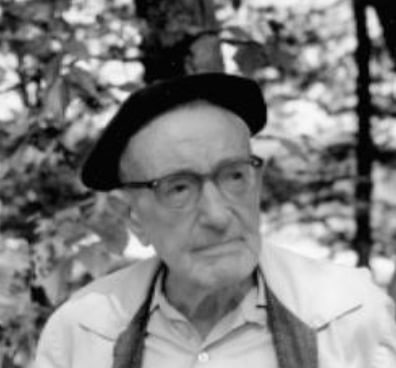
Dirk Jan Struik was born on September 30, 1894 in Rotterdam, Netherlands. He attended the Hogere Burgerschool where he was indoctrinated in socialism by his teacher, Mister van Dam. In 1912, he enrolled at the University of Leiden where his interest in physics was mentored by Pau Ehrenfest and Hendrik Lorentz. In 1917, Struik took a job as a high school teacher while working on his dissertation titled “The Application of Tensor Methods to Riemannian manifolds.” He received his Ph.D. in mathematics from the University of Leiden in 1922, and was appointed to a teaching position at the University of Utrecht the following year.
In 1940, during World War II, he emigrated to the United States to escape the Nazi occupation of the Netherlands, and joined the mathematics department at the Massachusetts Institute of Technology (MIT), where he would spend the rest of his career. He made significant contributions to several areas of mathematics, including topology, algebraic geometry, and differential geometry, and is known for his work in differential geometry, where he studied the geometry of curves and surfaces. His research in this field had applications in physics, particularly in the study of the geometry of spacetime.
Struik was a dedicated teacher and educator. He played a crucial role in promoting mathematics education and research in the United States. He authored several textbooks and was known for his engaging and enthusiastic teaching style. In 1948, he published A Concise History of Mathematics , the fourth edition of which was published in 1987. He also advocated for the use of mathematics in industry and engineering.
In addition to his mathematical pursuits, Struik was politically active and continued to promote leftist political views. He was a member of the Communist Party and was involved in various political and social causes. His political activities occasionally led to controversies, including conflicts with anti-communist sentiments during the McCarthy era.
He continued his work at MIT until his retirement in 1960, and passed away on October 21, 2000, three weeks after celebrating his 106th birthday. Reflecting on his long life, he once said:
Mathematicians grow very old; it is a healthy profession. The reason you live long is that you have pleasant thoughts. Math and physics are very pleasant things to do.
